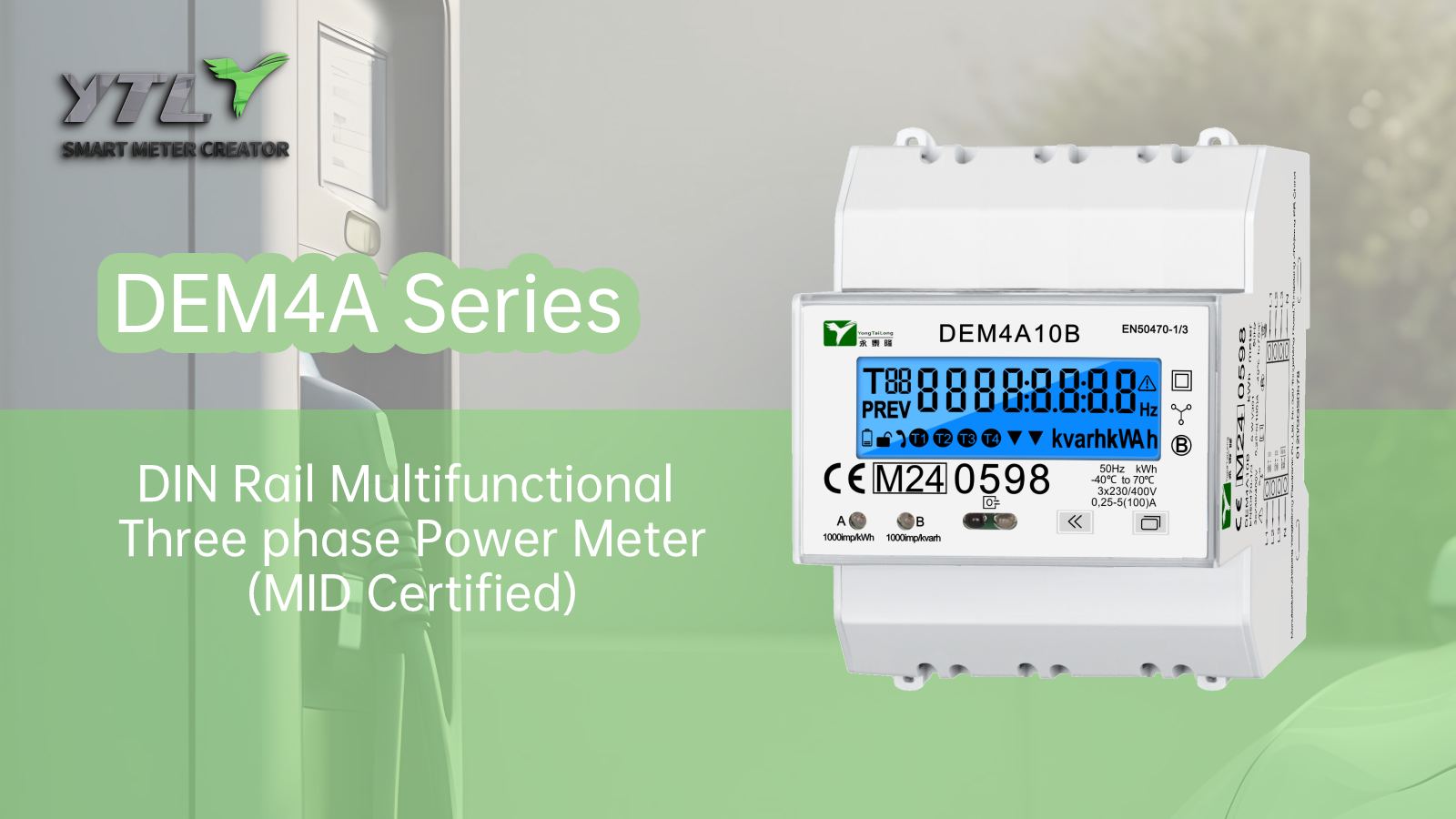1、 The essential definition of V2G
V2G (Vehicle to Grid) technology, also known as the "vehicle to grid" technology, aims to achieve bidirectional energy exchange between electric vehicle power batteries and the power system. Unlike the unidirectional power supply of traditional charging mode (G2V), the V2G mode allows the battery to be fed back into the grid in reverse. This bidirectional flow of energy relies on the precise measurement support of bidirectional meters - it is like an "energy translator" between the power grid and vehicles, recording the degree flow of charging and discharging in real time.
2、 The core logic of technological implementation
Bidirectional meters are the cornerstone of V2G systems, and their technical implementation includes a triple architecture:
Energy bidirectional control system
When the vehicle mounted bidirectional charger works in conjunction with the grid converter, the bidirectional meter needs to synchronously track the voltage fluctuations of the 400-800V battery pack and the ± 375V DC bus to ensure accurate measurement of energy conversion losses.
Intelligent scheduling protocol
When the power grid sends frequency modulation instructions, the bidirectional electricity meter records the charging and discharging switching time points in milliseconds, providing a timestamp evidence chain for settlement.
Dynamic measurement system
Unlike one-way meters, two-way meters have four quadrant metering capabilities:
Charging (positive active power)
Discharge (reverse active power)
Capacitive/inductive reactive power compensation
Its 0.5S level accuracy is the core to ensure fair transactions.
3、 Key components of the system
The V2G ecosystem relies on the collaboration of three types of devices:
Vehicle end: Bidirectional charger, battery management system
Infrastructure construction end: V2G charging station+bidirectional electricity meter (core metering node)
Platform side: Energy management system (requires integration of bidirectional meter data flow)
Bidirectional meters play the role of "energy notaries" in the system, generating encrypted data packets for each charge and discharge transaction.
4、 Core Value Dimension
Value creation driven by bidirectional electricity meters:
Grid side user side
Frequency regulation: Bidirectional meter verification of reverse power supply. Economic benefits: Bidirectional meter data serves as the basis for electricity market settlement
Peak shaving and valley filling: relying on bidirectional meter load curve Battery health: bidirectional meter records charging and discharging depth to optimize lifespan

5、 Technological Evolution Direction
Key breakthroughs in bidirectional meter technology:
Battery compatibility
Develop a low attenuation metering model to maintain accuracy of bidirectional meters under 80% DOD cycles
Aggregation control
Bidirectional meter data flow supports million level EV collaborative scheduling algorithm
market mechanism
Development of Time of Use Capacity Electricity Price Dynamic Settlement System Based on Bidirectional Electricity Meter

6、 Development constraints
The popularization of two-way electricity meters faces four major obstacles:
Standard deficiency: The charging and discharging interface protocol and bidirectional meter measurement rules are not unified
Hardware cost: The cost of a V2G supported bidirectional meter is 2.3 times higher than that of a regular meter
Policy barrier: 38% of regions do not have clear certification standards for bidirectional electricity meters with reverse power supply
User perception: Doubts about the security of bidirectional meter data
7、 Future Form Outlook
The next generation V2G system will deeply integrate bidirectional meters with digital technology:
Blockchain smart contract automatically performs bidirectional meter data verification
AI learns historical data of bidirectional electric meters to optimize charging and discharging strategies
Bidirectional meters become terminal metering nodes for virtual power plants (VPPs)

 English
English 简体中文
简体中文





.png?imageView2/2/w/500/h/500/format/png/q/100)




.png?imageView2/2/w/500/h/500/format/png/q/100)




